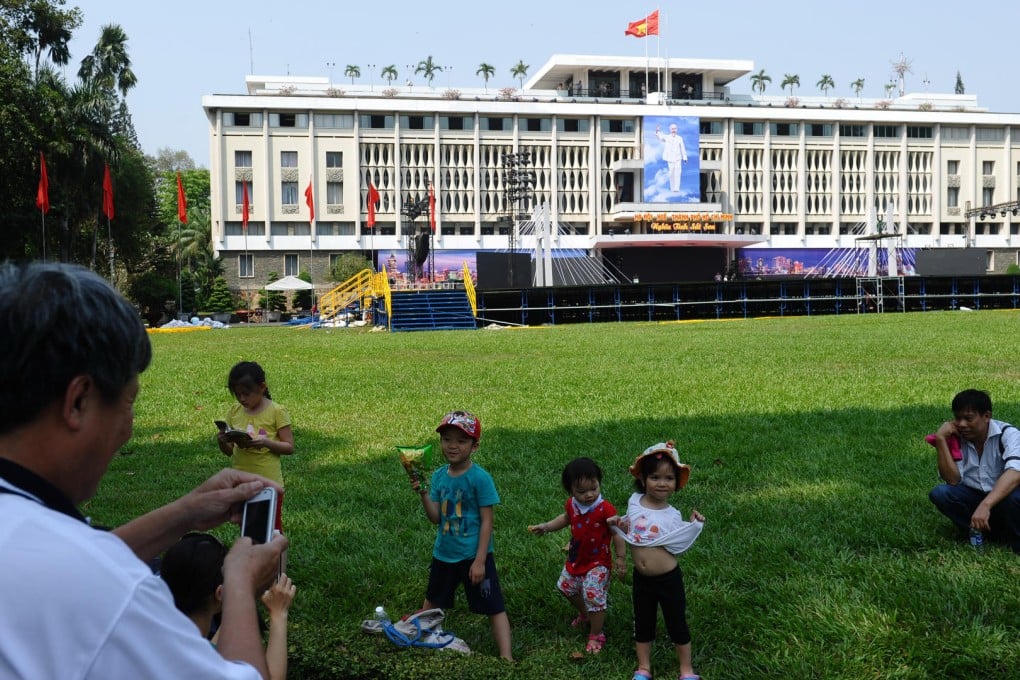Independence Palace, a monument to the Vietnam war
South Vietnam's wartime command centre, the Independence Palace, in Ho Chi Minh City, is a monument that is both tragic and beautifully retro, writes Keith Mundy

Vietnam war obsessives, you surely know it. Sixties design fans, put a new shrine on your list.
The Vietnamese authorities perhaps didn't intend it, but their carefully preserved Independence Palace is a gem of period design - modernist political architecture and Goldfinger-era James Bond interiors - pleasing to both aesthetes and nostalgists. Officially, this squat concrete structure is "a national historical and cultural relic, a symbol of the victory that smashed the last stronghold of the US-backed Saigon puppet regime", as a museum director puts it.
I don't know if that works with Vietnamese people but, for me, unpropagandised and also a relic of the period, visiting the former presidential palace of the Republic of Vietnam, aka South Vietnam, is a much more complex affair, compounded of what I already knew and what I am witnessing first hand.

Yes, there is admiration for the heroic struggle, but there is also horror at the violence, disgust at the corruption and dejection at the waste. President Nguyen Van Thieu and his entourage lived here - their ghosts remain - but the place is light and airy, chiffon curtains billowing in cool breezes that fan the open-sided floors. And, wow, look at that amazing cocktail lounge in multicoloured leather - straight out of 1966 Bond parody Our Man Flint!
The war was brutal and tragic, and it was conducted from here by the South Vietnamese side, but the place stirs contradictory emotions, including rapture. Perhaps they shouldn't maintain it so well: the loving attention lavished on this monument piques my fondness for an era in which Jimi Hendrix's Purple Haze, not The Internationale, vibrated the surrounding streets.